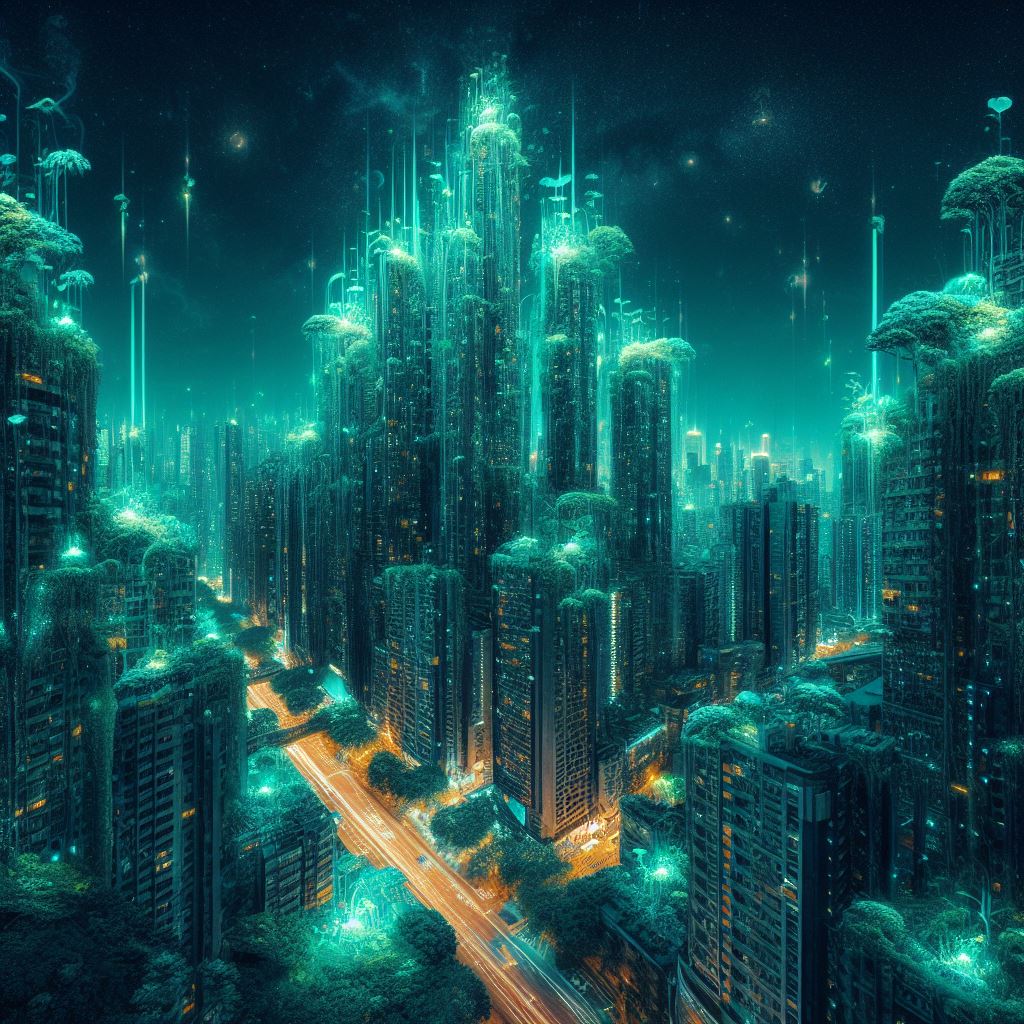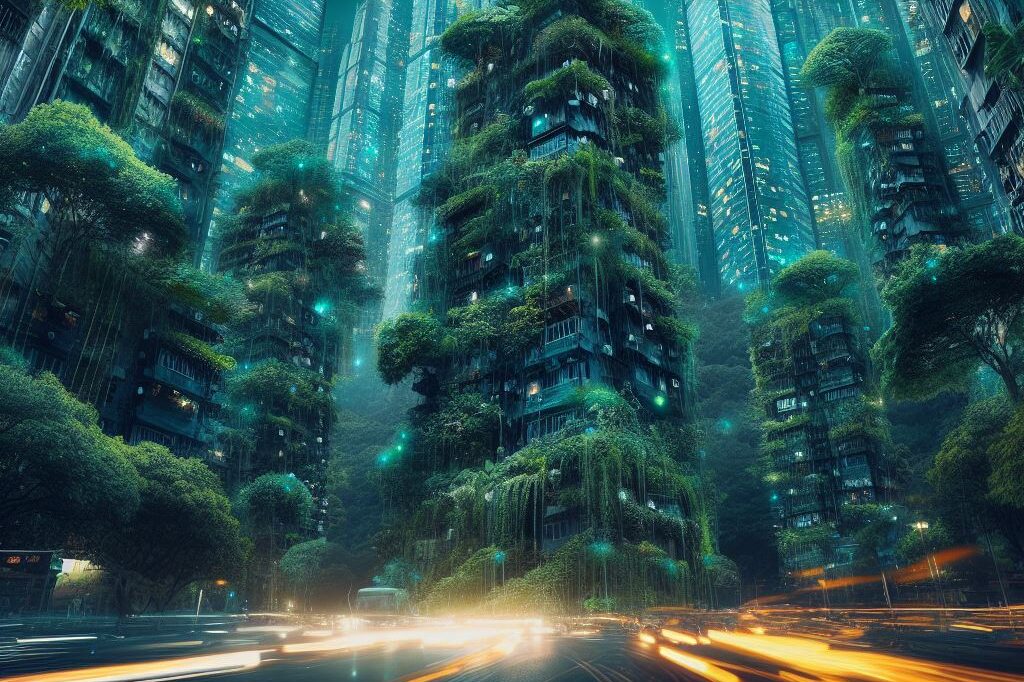In recent decades, the realm of the film industry has undergone a transformative shift with the emergence and evolution of 3D design technology. This revolutionary leap has significantly impacted the way films are conceptualized, created, and experienced by audiences worldwide. From the inception of rudimentary 3D effects to the seamless integration of hyper-realistic animations, the trajectory of 3D design has remarkably redefined the visual landscape of cinema. Let’s delve into the profound evolution of 3D design and its profound implications for the film industry.
The Genesis of 3D Design in Cinema
The early stages of 3D design in the film industry were marked by experimental forays into the realm of computer-generated imagery (CGI). Visionaries and pioneers in the field initiated the exploration of incorporating three-dimensional elements into the traditionally two-dimensional cinematic experience. Through meticulous experimentation and groundbreaking innovations, the groundwork for a new era of visual storytelling was laid.
Revolutionary Milestones in 3D Design Technology
The 1990s witnessed a pivotal juncture in the evolution of 3D design, as advancements in technology propelled the integration of computer-generated imagery into mainstream cinema. With iconic films like “Toy Story” and “Jurassic Park”, audiences were captivated by the seamless blend of live-action footage with lifelike 3D characters and environments. These groundbreaking milestones in the application of 3D design reshaped the industry’s approach to storytelling and paved the way for a new era of cinematic possibilities.

Transformation of Visual Effects and Cinematic Realism
As the capabilities of 3D design technology expanded, the film industry underwent a significant transformation, enabling filmmakers to push the boundaries of visual effects and cinematic realism. The incorporation of sophisticated software and hardware facilitated the creation of intricate, lifelike environments, and characters, fostering an immersive experience for audiences. Films such as “Avatar” and “Inception” stand as exemplary testaments to the creative possibilities unlocked by the evolution of 3D design, setting a new standard for visual storytelling and audience engagement.
Integration of 3D Design in Storytelling and Narrative
Beyond its technical advancements, 3D design has become an integral component in shaping the narrative and storytelling aspects of modern cinema. Filmmakers now harness the power of 3D design to craft intricate worlds, develop complex characters, and orchestrate visually stunning sequences that amplify the emotional resonance of their stories. This integration of 3D design has facilitated the creation of immersive narratives that transcend traditional storytelling boundaries, captivating audiences on a profound and multi-sensory level.
Collaborative Synergy between Artistic Vision and Technological Advancements
The evolution of 3D design in the film industry underscores the remarkable synergy between artistic vision and technological advancements. Filmmakers and visual artists collaborate closely with software developers and engineers, leveraging the latest tools and techniques to translate creative concepts into breathtaking visual spectacles. This harmonious fusion of artistic ingenuity and technological innovation has redefined the parameters of visual storytelling, fostering a dynamic landscape where imagination thrives and boundaries cease to exist.
Future Prospects and Innovations in 3D Design
Looking ahead, the future of 3D design in the film industry holds a myriad of exciting prospects and groundbreaking innovations. With the continuous advancement of technology, the boundaries of visual storytelling will continue to expand, offering filmmakers unprecedented avenues for creative expression and audience engagement. From the integration of augmented reality to the development of hyper-realistic simulations, the evolution of 3D design is poised to reshape the cinematic landscape, ushering in a new era of unparalleled visual experiences for audiences worldwide.
In conclusion, the profound evolution of 3D design has indelibly reshaped the film industry, transcending conventional boundaries and redefining the possibilities of visual storytelling. From its humble beginnings to its current state of technological prowess, 3D design continues to serve as a catalyst for innovation and creative expression, empowering filmmakers to craft immersive narratives that resonate deeply with audiences. As the industry embraces the limitless potential of 3D design, the future holds a promising era of cinematic innovation and unparalleled visual experiences for audiences to cherish and behold.


